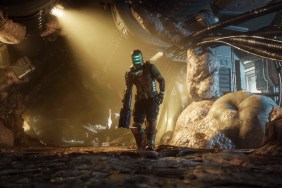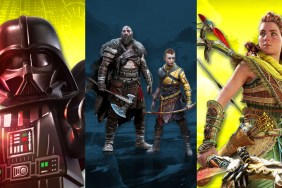Dead Space left off on a sour note, one with a pungent aftertaste that has lingered for almost a full decade. The Callisto Protocol seemed designed to finally override that nasty aroma with its own approach to the genre, as it was unambiguously inspired by that series and from some of the same creatives. Instead of being a thoughtful successor worthy of carrying…

This is just an article test. #1









